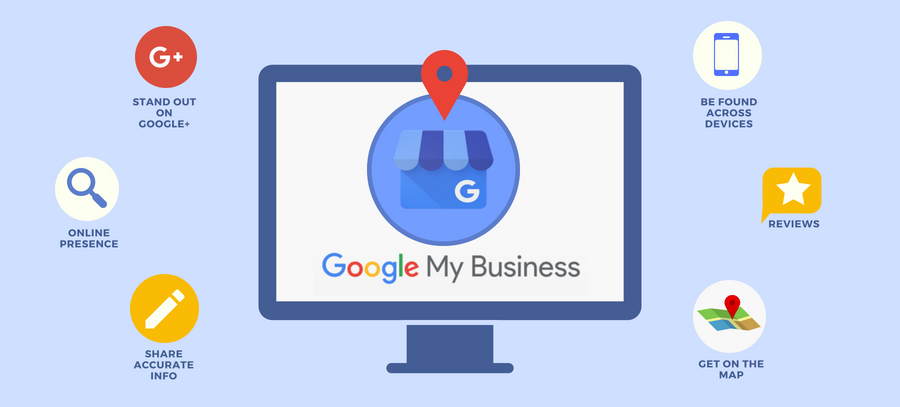The Role of Image Optimization in SEO
When you search for any term on search engines such as Google, there are some images at the top before any text or websites appear. These are the top image results for the term you’ve searched. Now, the question is how Google decides what images are the best suited, and we find the answer in alt tags.
Alt Tags allow search engines to understand the context behind the use of images.
Also, because all popular search engines are text-based, an image cannot be identified on its own, making it necessary to add some identifiers to images.
All web developers and bloggers recognize the importance of images in the website content as an attraction to potential visitors and to better present their material. Optimizing the images to boost traffic to your website has become more important.
Alt tags can turn your images into hyperlinked advertisements in search results to your website and bring you additional traffic.
Often you ignore alt tags while creating new pages and publishing new posts. Because many missing alt tags are on websites, you might need to take the help of additional SEO Services to optimize alt tags.
To use alt tags to avail maximum benefits, we must understand what they are first.
What is an Alt Tag?
Alt tags, also known as alt text, alt descriptions, or alt attributes, are text snippets placed in the same spot as images.
Alt tags describe the contents of the image in a short but precise manner. These HTML attributes enable visually impaired readers who use scan readers to understand the webpage better.
However, they have also become extremely important for SEO rankings. The quality of alt tags used in your webpage greatly affects how search engines rank your website in the list of image results. Alt tags are analyzed subject to various parameters such as length, relevance, etc.
Optimizing the Alt tags creates a better user experience for the visitors on your website, as they serve as context if an image fails to load. 38% of Google’s top search results show images before web pages, so their optimization becomes essential for good SEO.
How do Alt Tags affect SEO?
Alt tags exist to increase accessibility. They improve the user experience for people using screen readers, and at times images break. Additionally, search engines scour through the alt attributes while searching for specific results.
The best-suited alt attribute is the most likely to end up in top search results, even if the image itself is not the most suitable. It is because search engines cannot analyze images. Alt tag quality is, therefore, very closely tied to the webpage’s ranking in Search Engine Result Pages (SERPs).
Optimized alt tags help the search engine understand the context of your webpage more correctly and, more importantly, faster. It improves overall SEO strategy, generating higher organic traffic to your website.
Alt Tag Optimization Techniques for SEO
The preliminary step you should follow before arriving at alt tags is properly optimizing the images. Even if the alt tags are optimized, they cannot sustain a good user experience if the images are unsatisfactory. User experience has become more important after core web vitals.
The optimization of images for SEO includes-
- Scaling the images properly.
- Compressing the images properly.
- Choosing the right file format.
- Making the images multi-device friendly.
The best ways to optimize alt tags for your images are-
Use keywords
Keywords related to the webpage’s context should be included in the alt tag of an image. However, alt tags should not simply just be the keywords. The alt tag should concisely describe the image and should be related to the specific image it is attached to.
Keep it short
It is necessary to keep alt tags concise. It is generally suggested to keep them under 125 characters long because most scan read-aids stop reading at this point. Long alt texts also fail to achieve the objective of being the representative of images, which are only a small addition to the webpage’s context.
Don’t be repetitive
Alt tags for different images should be different. Copying and pasting the same tag with the general search keywords to every image on a webpage makes it very hard for search engines to understand the context of the image, resulting in poor search rankings.
Add to Context
Alt tags should not be a random string of keywords. They should accentuate the position of images on the webpage, meaning they should represent the image and enhance the user’s understanding of why it has been placed there. Randomized alt tags yield poor search engine results.
Don’t Overuse
While it is important to use alt tags, some situations call for certain restraints.
Firstly, keywords should not be used in all alt tags on a web page, and their concentration should be relatively low.
Secondly, decorative images with no overall importance other than look and feel should not be assigned an alt tag.
It is done so that the search engine gives due importance to the important images that present context while searching for search results.
Conclusion
In the cluster of many pages worth of websites, it is increasingly important to have the best web pages to attract visitors each day. If alt tag and image optimization are done properly, your website will likely end up at the top of SERPs.
However, this is not a job done. Apart from alt tags, compression, and scaling must be done accurately to make the website look the best. Also, loading times are very important in reducing bounce rates.






